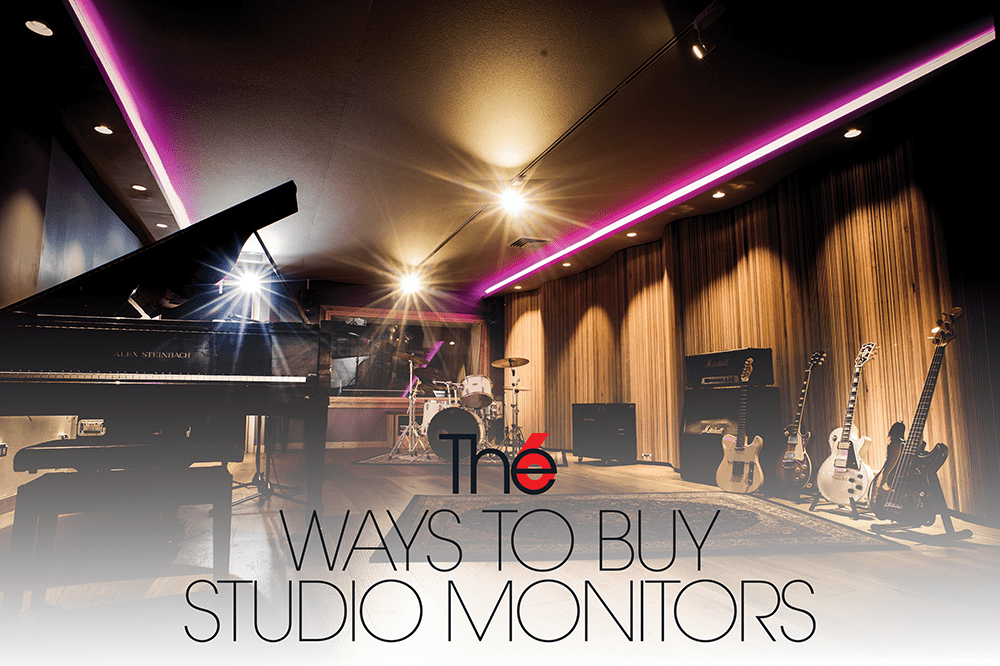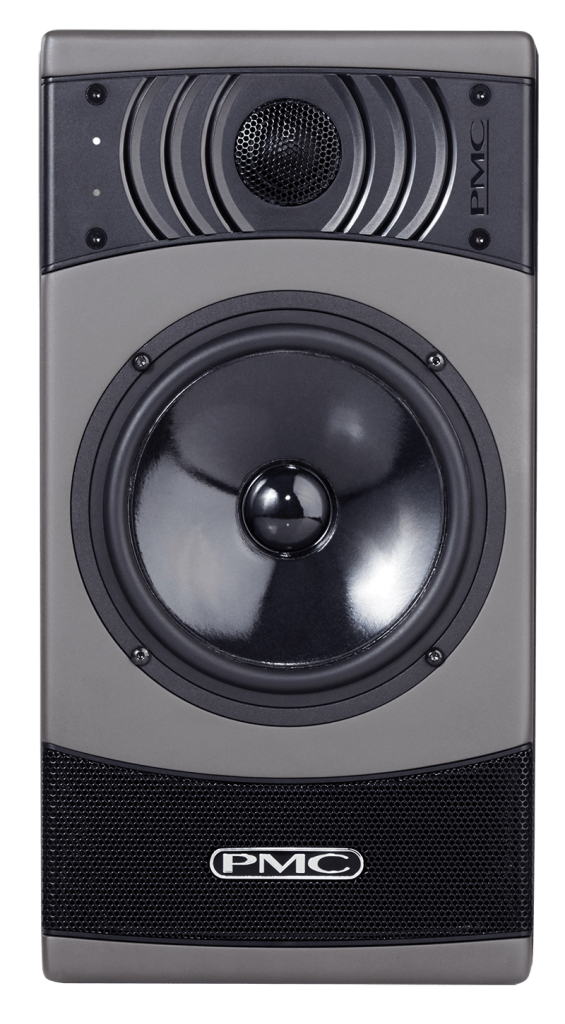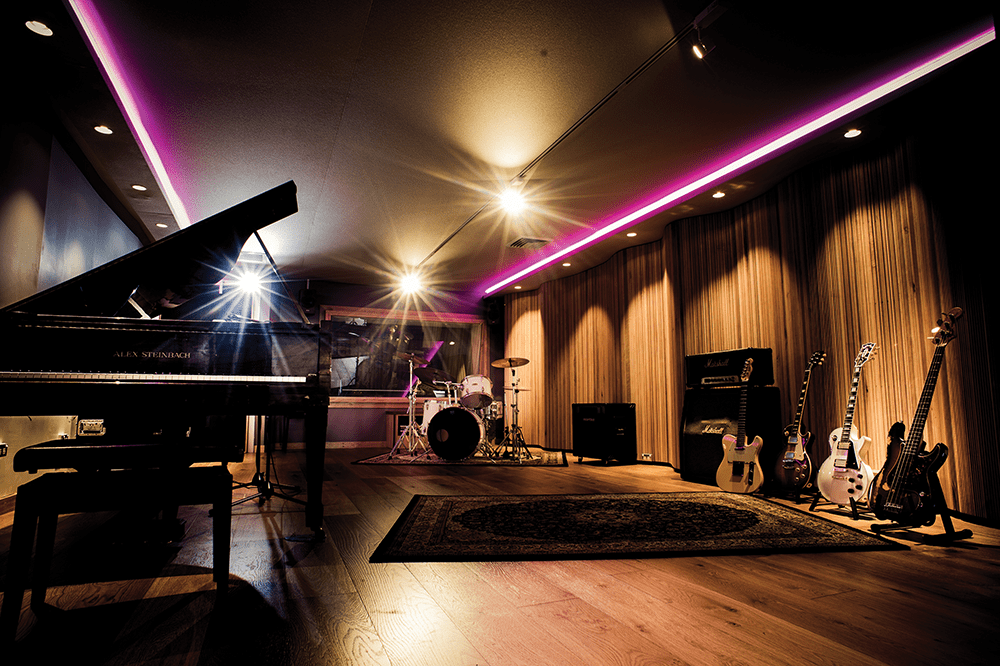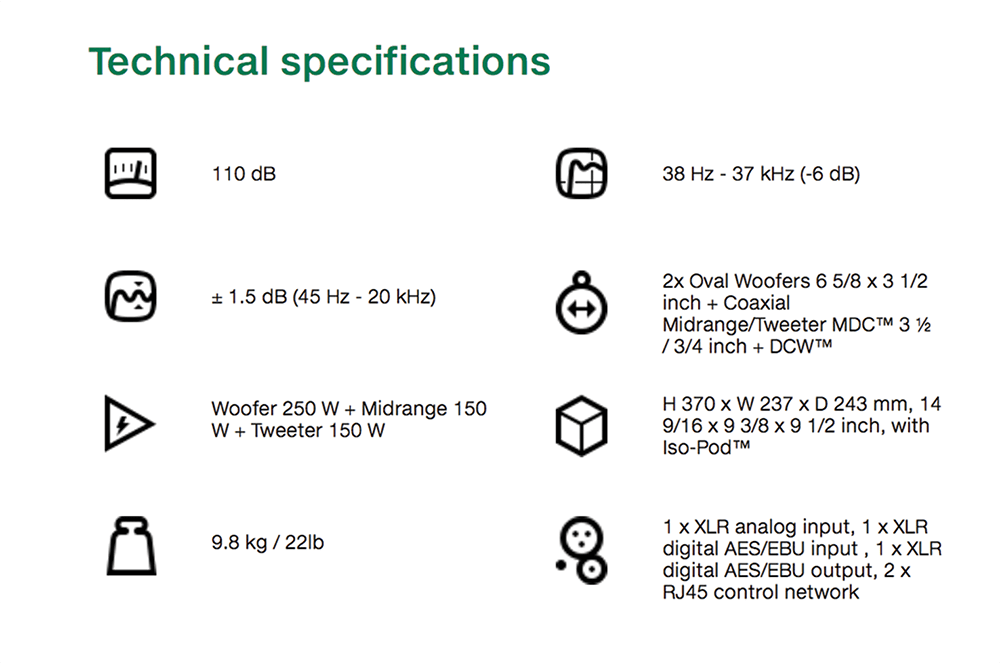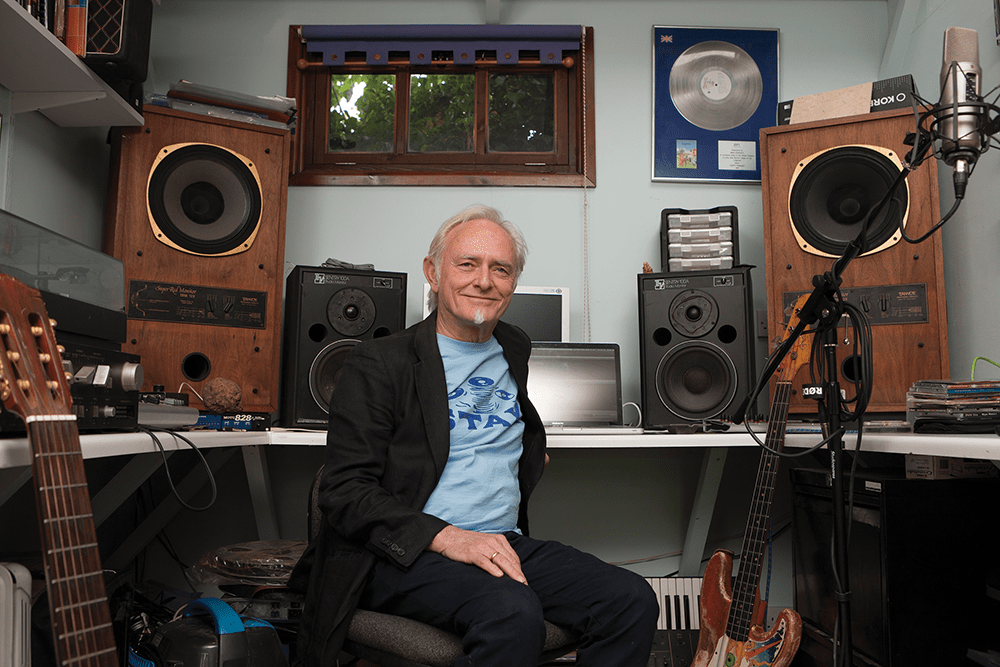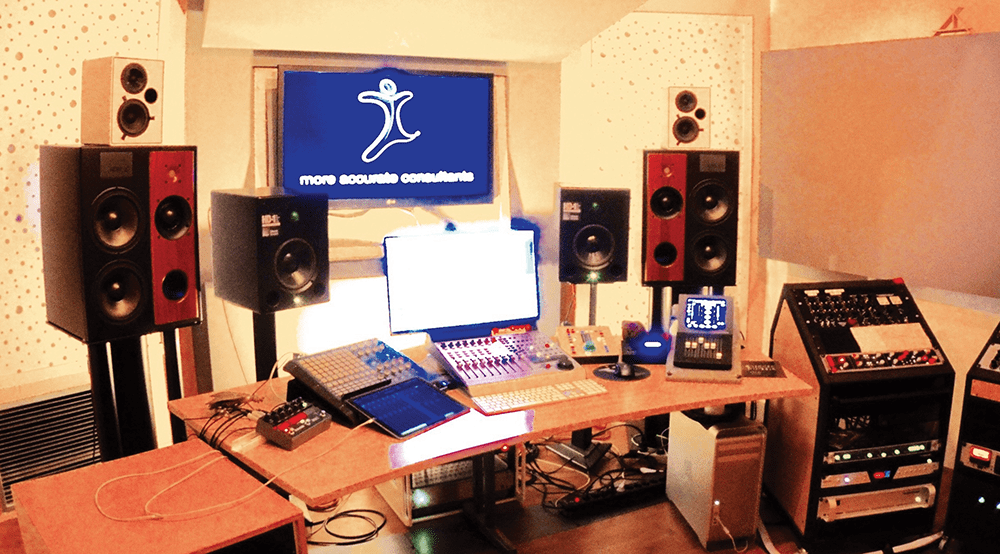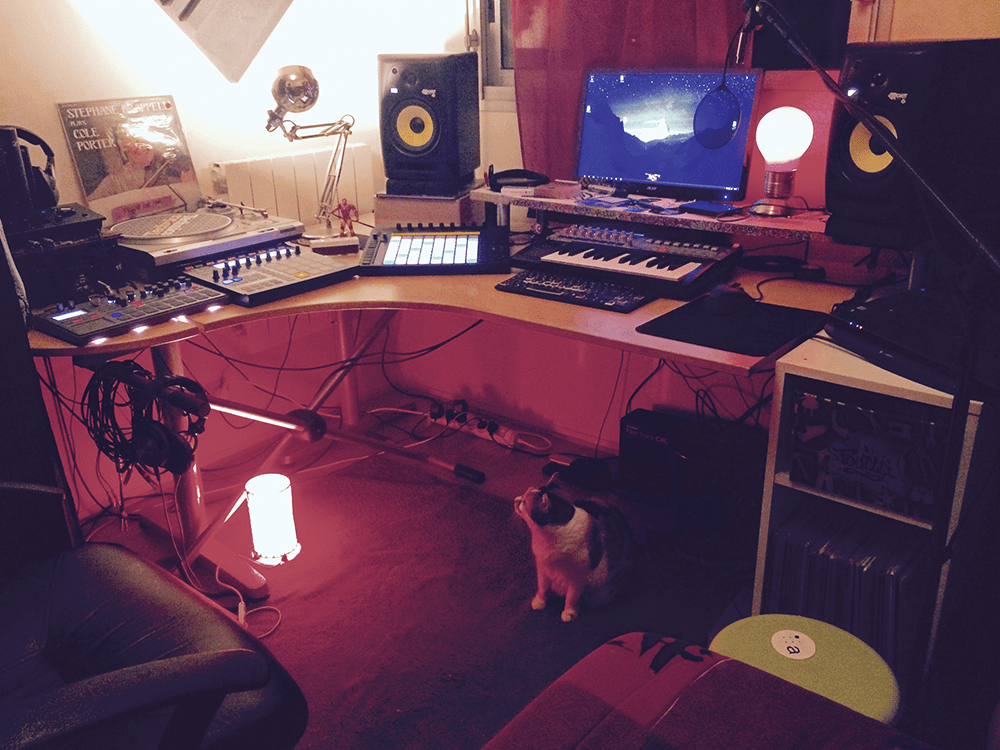6 Ways to Buy Studio Monitors
The studio monitor is your best friend, your most important tool, your honest collaborator that tells you like it is. They are the items you might spend the biggest part of your budget on, so you need to choose them with care and with these rules… Studio monitors: who needs them? We all do. How […]

The studio monitor is your best friend, your most important tool, your honest collaborator that tells you like it is. They are the items you might spend the biggest part of your budget on, so you need to choose them with care and with these rules…
Studio monitors: who needs them? We all do. How much do good ones cost? A lot. The biggest part of your studio budget? Yes, probably. And they’re a bit dull, aren’t they? Yes, for the most part. But they’re important. Probably the most important part of your studio, in fact (acoustics aside).
Yes, the studio monitor is the key component in your signal chain, because what you put in – in terms of sounds, beats, recordings and vocals – is what you will hear through these bad boys. And hopefully, you will hear it in all its glory and in perfect, accurate detail. Your studio monitor is your honest, best friend, the kind of person that tells you straight that your music is badly mixed.
But that is a good thing; if you know the problem, you can fix it. Bad studio monitors are like that sycophantic member of a diva or hip-hop producer’s crew. They’ll say everything sounds great, just to ensure their continued future in the studio. But the little bastards are lying…
Great speakers should also fit your studio environment and work with your sound. So how do you choose the perfect monitors? By following these half-dozen rules…
1. Be prepared to spend
We always say that you should throw a large proportion of your budget at your monitors, so what should this be? Lazily, we could just say ‘the bigger the better’ – and this is true, in part, because there’s no getting away from the fact that the best studio monitors do cost a few quid. But really, only you know what you have to spend and you can get away with spending less, as long as you understand the pitfalls. Of the monitors we’ve tested, though, we honestly don’t believe there’s a truly great set available for less than four figures, so be prepared to splash out if you want to get the very best results.
2. Know your size
You’ll need to consider power versus studio size. Don’t always think ‘the more the better’ when it comes to power, as ideally, you should be mixing at low levels so you don’t knacker your ears (and/or annoy the neighbours). You will, however, need more powerful monitors for a medium- to large-size studio and if you’re considering anything above near-field monitoring, that means sitting close to your speakers in an equilateral triangle while mixing. Which leads to…
3. Understand tech terms
There are many tech terms to understand when choosing monitors, the most important being: three-way speakers give you an even response over three drivers covering low, medium and high frequencies, but some two-way speakers can offer a good response, too. When looking at the power, it’s better to look at the SPL, or Sound Pressure Level, which tells you how loud a monitor can go before it distorts and is measured in dB.
Decent ones often fall between 85 and 110dB. The sensitivity tells you how much volume you get with the power. Here, look for at least 88dB; ideally over 100dB. The S/N or signal to noise ratio figure is a measure of how much signal you want to hear versus the noise you don’t want to hear. You want over 70dB, but again, the higher the better.
4. Listen to other people…
There’s no shortage of studio monitor reviews and studio interviews in this magazine and on www.musictech.net. Obviously, read our review opinions first, but if you don’t trust us (you fool!) then read those interviews as well. Who are the producers you admire that are making the style of music that you want to make? Which speakers are they using? It sounds obvious, but word of mouth really does count when choosing your monitors, as one rock producer’s speakers can be a dance producer’s tin cans. Accuracy is the key thing to consider here, but some monitors really do have a great reputation for providing good results for certain styles of music production, so narrow your focus down here first before making your final decision.
5. A/B, A/B, A/B
Once you’ve narrowed your search down, then you should consider A/B-ing your options. Top dealers will have listening areas where you can do this. Take your best-known mixes or tunes along and listen carefully. You’ll be surprised at just how different the results will be…
6. Audition at home
There really is no substitute for auditioning monitors in your own studio environment and luckily, many dealers will let you audition sets of monitors at home, but it’s best to narrow your choices down to one or two sets first (and if you need more help, check out our Buyers’ Guide)!
